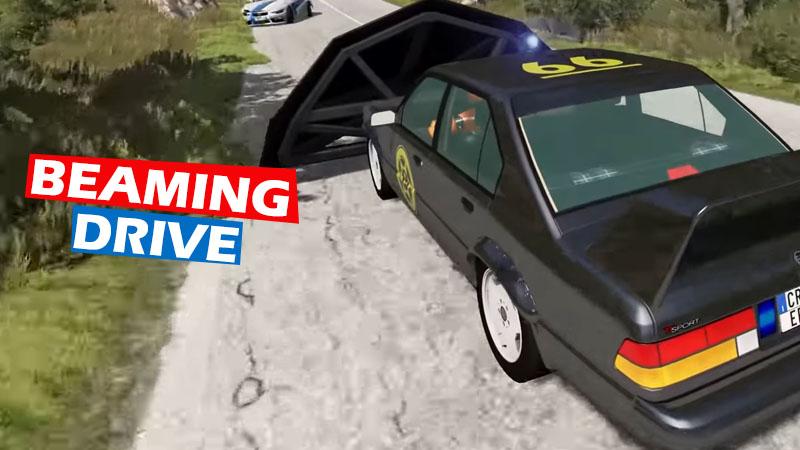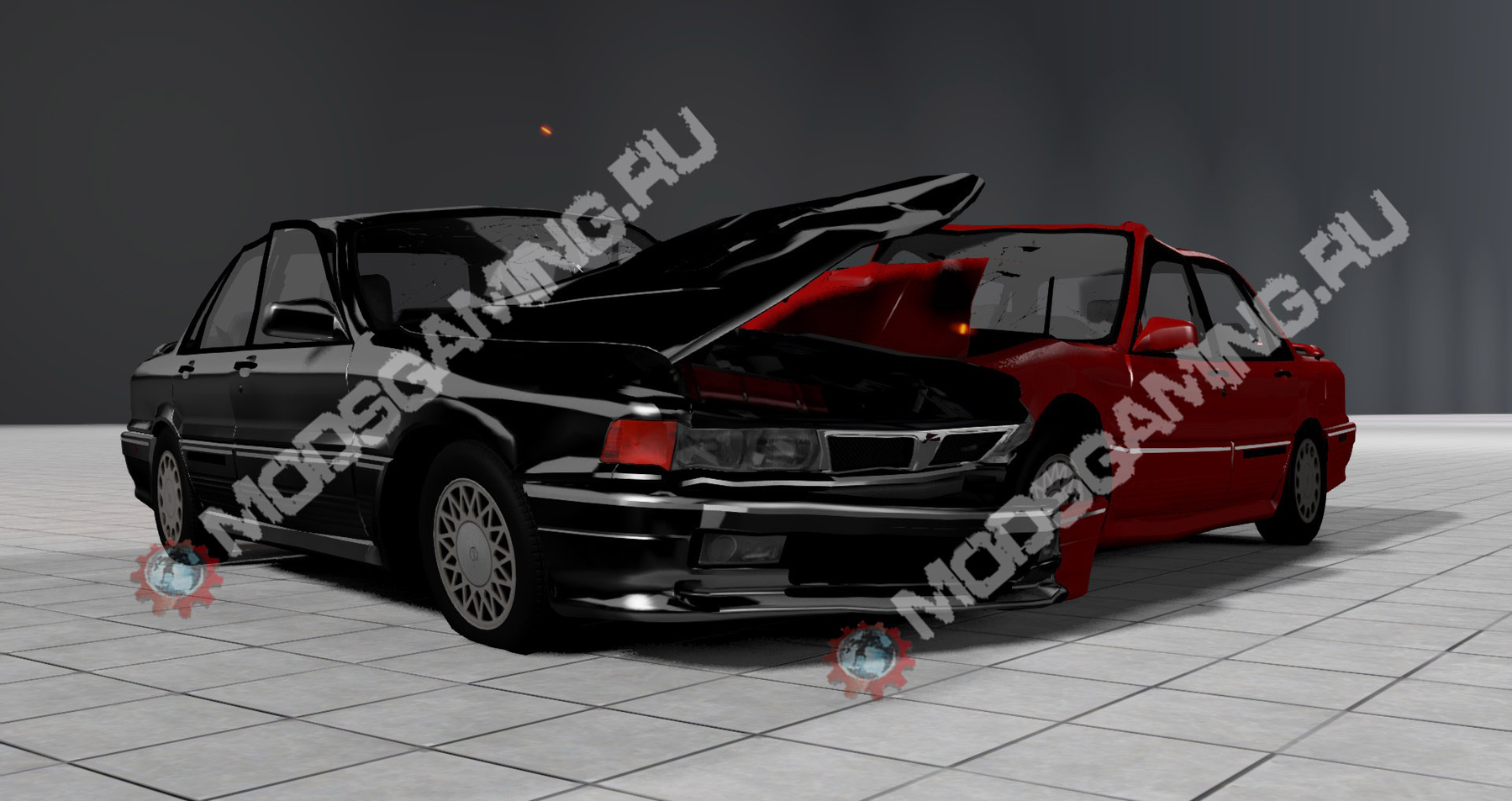

And on the second half, it might start accelerating into 1:N for any vehicle where your USB wheel would run out of steering lock too soon (such as certain trucks). 1:1 hybrid will match the virtual wheel during the first half of your USB steering angle.If your USB wheel cannot steer as much as the current car, then you’ll lose maneouvering capabilities (such as when driving certain trucks)

1:1 will match the virtual wheel to your USB wheel.The virtual wheel will only mimic your USB wheel if both happen to have the exact same steering lock. 1:N will map the max steering lock of your USB wheel, to the max lock of the car you’re currently driving.gamepads, keyboards), this setting can trade responsiveness in exchange for smoothness. If you are not using a steering wheel (e.g. This is roughly what that binding might look like, but it will vary from one wheel to another:įilter: choose ‘Wheel (direct)’ if you are using a steering wheel, as it provides instant responses without any additional input lag. One of the most important bindings for your steering wheel is the ‘Steering’ binding, as you probably guessed. If, at your own risk, you choose 100% anyway, you will need to adopt the same safety measures you would in real life: letting go of the wheel before a crash occurs, always positioning your fingers outside the steering wheel rim, etc. In powerful steering wheels, choosing 100% can be dangerous for your fingers and wrists.Start with lower values if in doubt though. In many steering wheels, choosing 100% of force might be okay even during a car crash.
#Beamng drive vr drivers
The main thing you need to set up in the drivers is how much force you want to feel in your hands in a worst case scenario, such as a car crash: Even rumble strips, racetrack kerbs or road bumps are reproduced organically: their raw feeling comes straight from the physics engine, thanks to its high frequency of 2000 Hz. If not possible, set it to 0%.īeamNG.drive uses the ‘constant force’ effect for all types of feedback.


 0 kommentar(er)
0 kommentar(er)
